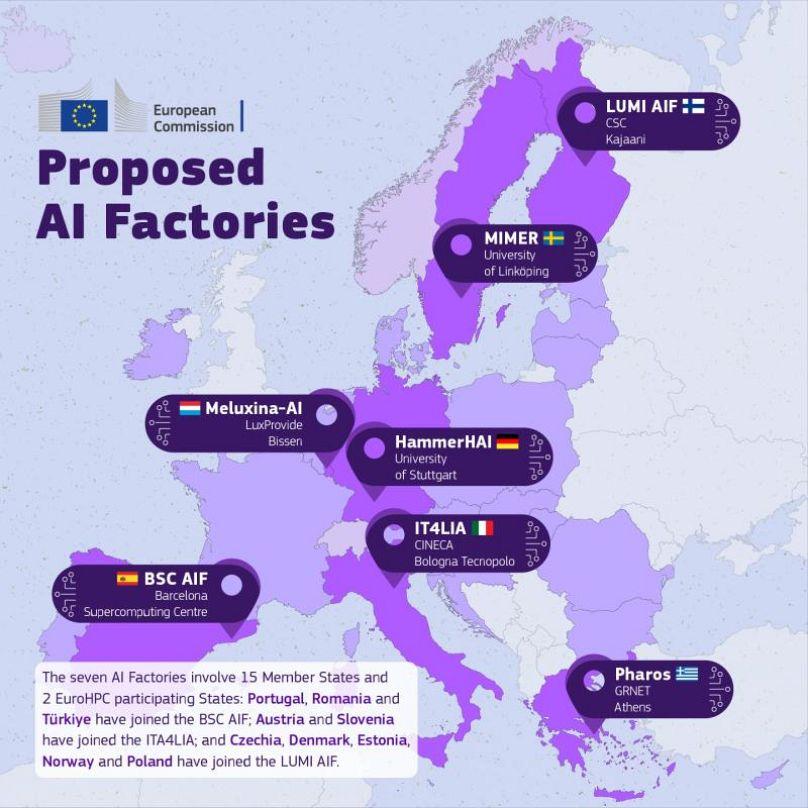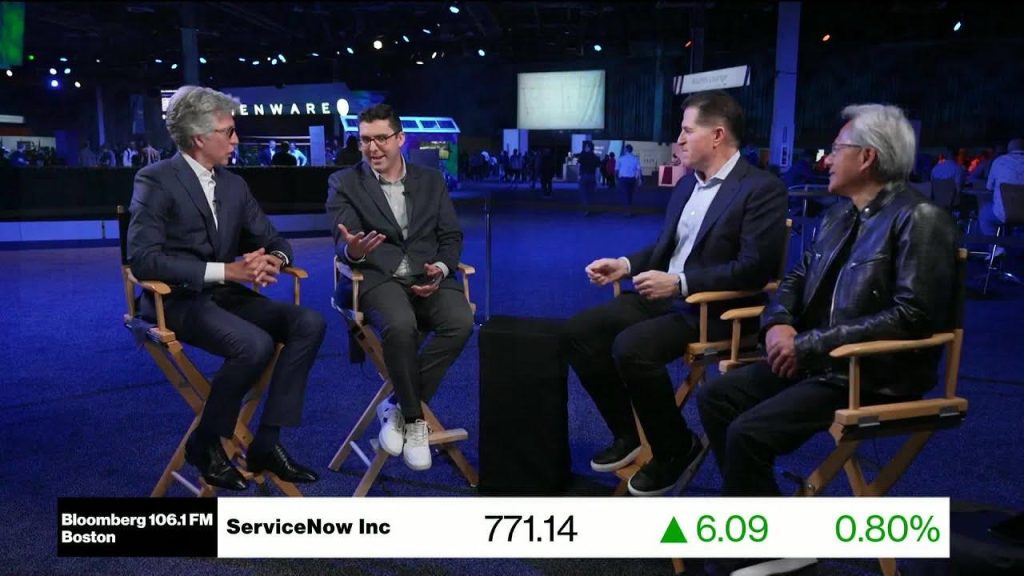In a remarkable gathering of influential tech leaders, Michael Dell, chairman and CEO of Dell Technologies, hosted an engaging discussion on the transformative potential of artificial intelligence (AI) at a recent industry event celebrating the company’s 40th anniversary. Joined by Jensen Huang, CEO of NVIDIA, and Bill McDermott, CEO of ServiceNow, the trio underscored the importance of collaboration in driving innovation within the evolving AI landscape. Each leader emphasized their unique contributions, with Dell highlighting the synergies created by their combined expertise in computing, networking, and software. As the world pivots toward an AI-driven future, this meeting served as a testament to the unified vision of these prominent figures in the tech sector, each committed to facilitating a new industrial revolution powered by advanced technology.
The Power of Collaboration in the AI Ecosystem
The discourse emphasized the significance of interconnected ideas as a catalyst for innovation in the AI realm. By pooling their resources and expertise, these respected leaders aim to cultivate a rich ecosystem that nurtures the advancement of transformative solutions. Participants noted that collaboration manifests in various dimensions, including:
- Knowledge Sharing: Frequent exchanges foster a deeper understanding of complex challenges and potential solutions.
- Joint Ventures: Strategic partnerships can lead to groundbreaking technologies that no single entity could achieve alone.
- Community Building: Engaging the broader tech community promotes inclusivity and diverse perspectives on AI advancements.
Moreover, the leaders championed the urgency for collective action in addressing ethical considerations related to AI. With growing concerns about privacy,bias,and regulation,their dialogue centered on developing frameworks that prioritize responsible use of technology. The conversation reflected a mutual commitment to not just advance hardware and software but to build trust within the AI ecosystem through:
- Openness: Openly sharing methodologies to demystify AI processes.
- Accountability: Establishing standards that companies adhere to while developing AI technologies.
- Education: Offering resources to equip the next generation of innovators with necessary skills and ethical awareness.
Transforming Industries through AI Infrastructure
The discussion illuminated how infrastructural advancements in AI are critical for industrial conversion,introducing an era where factories can function autonomously and with unprecedented efficiency. AI factories represent a radical shift, enabling real-time data analysis and bright decision-making processes that enhance productivity.Industry leaders like Huang noted that leveraging AI can not only streamline operations but also foster a more enduring approach to manufacturing by minimizing waste and optimizing resource use. Furthermore, the convergence of AI with Internet of Things (IoT) technologies will result in smarter environments that adapt fluidly to demand, leading to less downtime and improved output quality.
Moreover, the conversation pointed to the necessity of robust AI frameworks that support scalability across various sectors—from healthcare to logistics. McDermott emphasized that implementing effective AI infrastructures requires a focus on interoperability, ensuring that diverse systems can work together seamlessly. This interoperability will facilitate the integration of AI into legacy systems, allowing businesses to evolve without overhauling existing operations completely.Key to this transformation will be investing in cloud solutions that provide flexibility,speed,and security,ultimately forging a path for innovative AI applications that drive competitive advantage in a rapidly changing market landscape.
The Role of American Leadership in Technological Innovation
The dialogue between these industry leaders unveiled the critical role American leadership plays in shaping the future of technological innovation. Not only are innovators spearheading advancements in artificial intelligence, but they are also setting benchmarks for global standards through their commitment to ethical practices and sustainability. Extremely relevant was the recognition of the need for robust infrastructure that supports AI deployment across industries. The leaders identified key initiatives that American companies can undertake to maintain their competitive edge, which include:
- Investment in Research and Development: Continued financial support for exploratory ideas can unearth breakthrough technologies.
- Policy Advocacy: Engaging with policymakers to create a conducive surroundings for innovation is vital.
- Focus on Skill Development: Prioritizing education and training programs ensures a workforce adept at navigating emerging technologies.
They also addressed the importance of fostering a culture of risk-taking that encourages experimentation and embraces failures as learning experiences. Such an environment is crucial for nurturing pioneering products that could reshape markets and consumer experiences. Emphasizing collaborative ecosystems,the leaders touched on the potential of partnerships across educational institutions,startups,and established corporations. By integrating their resources and expertise, they believe America can consolidate its leadership in the global technology arena through:
- Open Innovation Platforms: Creating shared digital spaces for brainstorming and showcasing innovative solutions.
- Equitable Access to Technology: Ensuring that advancements reach underserved communities can drive a more inclusive growth model.
- Global Collaboration: Engaging with international partners can enhance innovation while sharing best practices and resources.
Future-Proofing the Semiconductor and Server Landscape
Advancements in the semiconductor and server sectors are crucial for sustaining the growth of AI technologies, as highlighted during the high-profile discussion involving industry luminaries. The leaders concurred that developing next-generation chip architectures will be pivotal in supporting the complex computational demands of AI systems. This evolution will require a multifaceted approach that encompasses:
- Innovative Fabrication Techniques: Utilizing cutting-edge manufacturing processes to enhance performance while lowering costs.
- Energy Efficiency: Designing chips that consume less power, thus contributing to sustainability within data centers.
- Vertical Integration: Streamlining production by producing both hardware and software solutions, fostering tighter synergy and optimization.
To effectively manage the digital transformation across industries, investing in resilient server infrastructures is equally essential. McDermott noted the potential of hybrid cloud environments to provide scalability and flexibility for organizations aiming to integrate AI capabilities. Key considerations for optimizing server environments include:
- Modular Design: Implementing easily upgradable systems that can adapt to rapid technological changes.
- Enhanced Security Protocols: Establishing robust cybersecurity measures to protect sensitive data against emerging threats.
- Real-time Analytics: Leveraging AI-driven insights to improve operational efficiency and resource allocation in data management.























